-
Click the Fill icon:

The Fill dialog box appears.
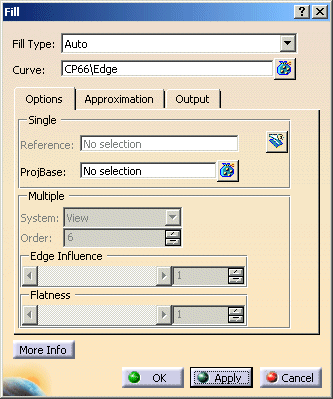
-
Select the edges in the loop of surfaces and press Apply.
The surfaces to fill will be created automatically.

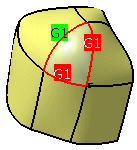
-
Click OK to create the fill surface.
| This task explains how to create a surface between a closed loop of curves. | ||
| With this function can be created a filling surface without star point from 1 to 4 one or multi-segment edge curves to be specified. You can influence the transition quality by selecting adjacent geometry as projection base and/or by adjusting the normals at the transition edges. | ||
| Open the Fill.CATPart document. | ||
|
 |
|
|
  |
|
|
||
You can define the following options:
|
||
| Options tab | 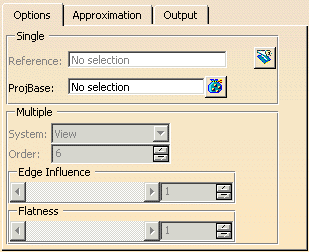 |
|
|
 |
|
|
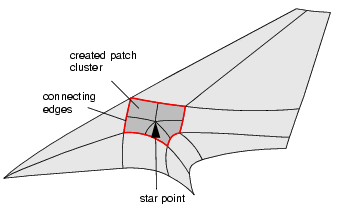 |
|
|
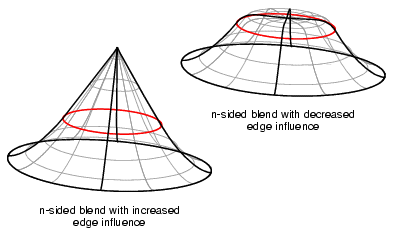 |
|
|
|
|
| See Approximation tab | ||
| See Output tab | ||
| Click onto the 'More Info' button to display deviations and output results. | 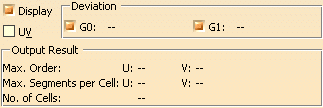 |
|
|
||
![]()